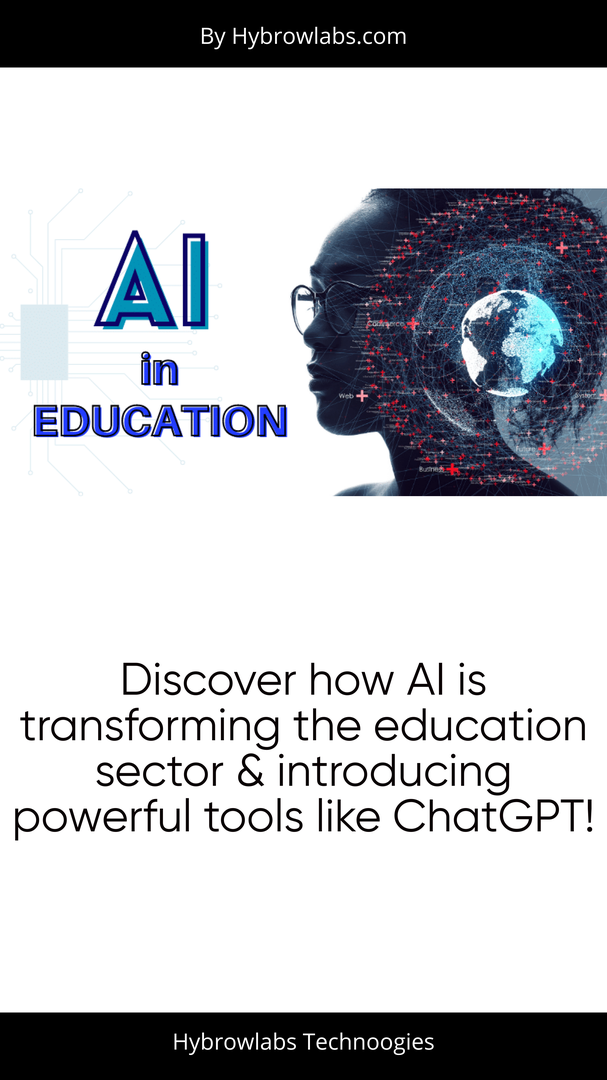
The use of artificial intelligence (AI) in various industries has been a game changer & the education sector is no exception. AI has been implemented in numerous ways to enhance the educational experience & transform the traditional methods of teaching & learning. This article aims to explore the importance of AI in revolutionizing the education sector & introduce ChatGPT, a large language model.
How is AI shaping the future of education?
AI in education refers to the use of technology to enhance learning, teaching & assessment. AI-powered tools & applications can analyze vast amounts of data, personalize learning & provide immediate feedback to students. AI can also assist educators in creating more effective teaching methods by identifying knowledge gaps & predicting student performance.
Importance of AI in revolutionizing the education sector:
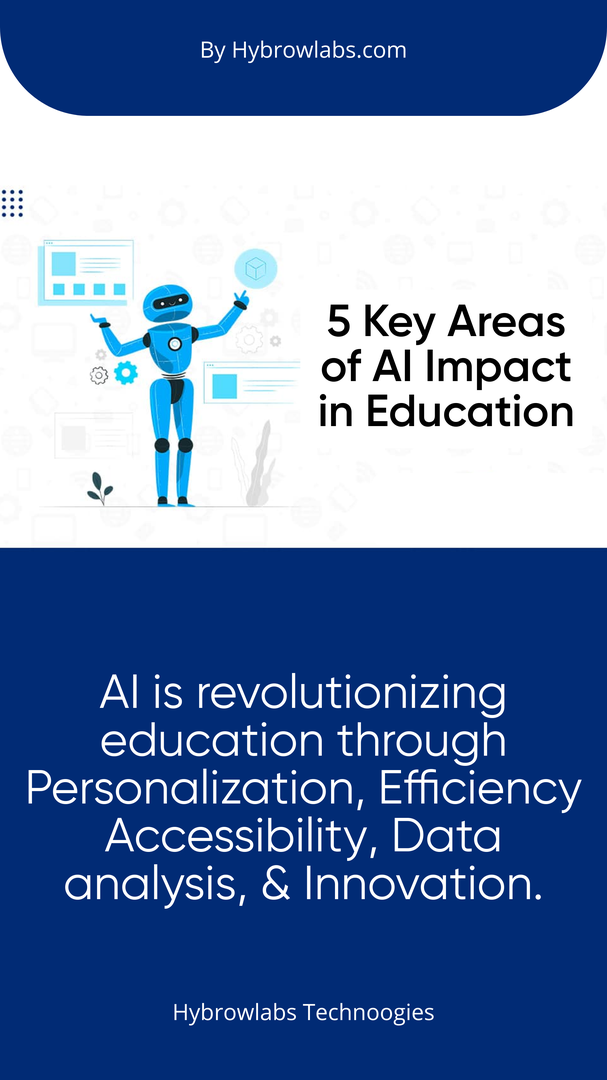
AI has the potential to transform the education sector in several ways. Here are five key areas where AI can have a significant impact:
- Personalization: AI-powered tools can personalize the learning experience for each student by adapting the content and pace of learning to their individual needs, strengths, and weaknesses. This can lead to better engagement, retention, and outcomes for students. Examples of tools that can help in this area include Knewton, Dreambox, and Carnegie Learning.
- Efficiency: AI can automate administrative tasks such as grading, scheduling, and course planning, freeing up educators' time to focus on teaching. This can lead to greater efficiency and productivity in the education sector. Examples of tools that can help in this area include Turnitin, Gradescope, and Edmentum.
- Accessibility: AI can provide learning opportunities to students who may have barriers to education, such as disabilities or geographical limitations. AI-powered tools can provide real-time language translation, speech-to-text, and text-to-speech capabilities, making learning more accessible to all students. Examples of tools that can help in this area include Learning Ally, Read&Write, and Voice Dream.
- Data analysis: AI can analyze data from student performance and use it to identify areas for improvement in teaching methods and curriculum. This can lead to more effective teaching strategies and better outcomes for students. Examples of tools that can help in this area include Brightspace, Edsby, and PowerSchool.
- Innovation: AI can encourage innovation in teaching methods and facilitate the development of new educational tools and technologies. AI-powered tools can provide insights into how students learn and interact with educational content, leading to new approaches and technologies that can improve the learning experience. Examples of tools that can help in this area include Carnegie Mellon's Open Learning Initiative, Duolingo, and Coursera.
Revolutionizing Education: The Remarkable Advantages of AI Integration:
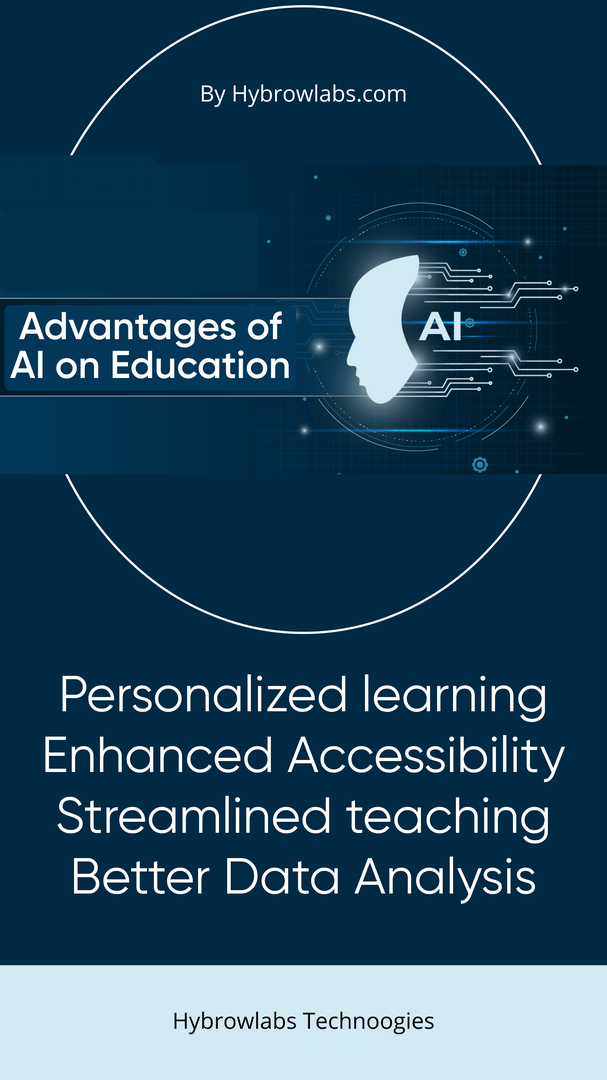
Artificial intelligence (AI) has brought numerous benefits to the education sector. By automating administrative tasks & providing personalized learning experiences, AI has revolutionized traditional teaching methods. The following are some of the major benefits of AI in education.
1. Improved Personalized Learning Experience:
One of the biggest advantages of AI in education is the ability to personalize the learning experience for each student. AI-powered tools can analyze data from each student's performance & adapt the learning materials to their individual needs, strengths & weaknesses. This personalized approach to education can improve student engagement & retention.
2. Enhanced Accessibility to Education:
AI can also make education more accessible to students who may have barriers to learning, such as disabilities or geographical limitations. With the help of AI-powered tools, students can access educational materials & resources from anywhere & at any time. AI can also assist educators in creating more inclusive learning environments by identifying & accommodating students' diverse learning needs.
3. Increased Efficiency in Teaching & Grading:
AI can automate many administrative tasks, such as grading, scheduling & course planning, which can free up educators' time to focus on teaching. By automating grading, educators can provide timely & accurate feedback to students, which can improve their learning outcomes. AI can also assist educators in creating more effective teaching methods by analyzing data from student performance & identifying knowledge gaps.
4. Better Data Analysis & Student Monitoring:
AI can analyze vast amounts of data from student performance & use it to identify areas for improvement in teaching methods & curriculum. This data analysis can help educators to make informed decisions about their teaching methods & to identify students who may need additional support. AI-powered tools can also monitor student progress & provide immediate feedback, which can improve student engagement & motivation.
ChatGPT as an Educational Tool:
ChatGPT is a conversational AI tool that has been trained to understand natural language & generate human-like responses. As a language model, ChatGPT can be utilized in numerous ways to enhance the educational experience.
ChatGPT as a Conversational AI Tool:
ChatGPT is an artificial intelligence tool that can hold natural language conversations with humans. It has been trained on vast amounts of data & can generate responses to text-based prompts that are often indistinguishable from those written by humans. ChatGPT can be used to answer questions, provide feedback & even generate educational content such as essays & reports.
Unleashing the Power of ChatGPT: Innovative Ways to Incorporate Conversational AI in Education:
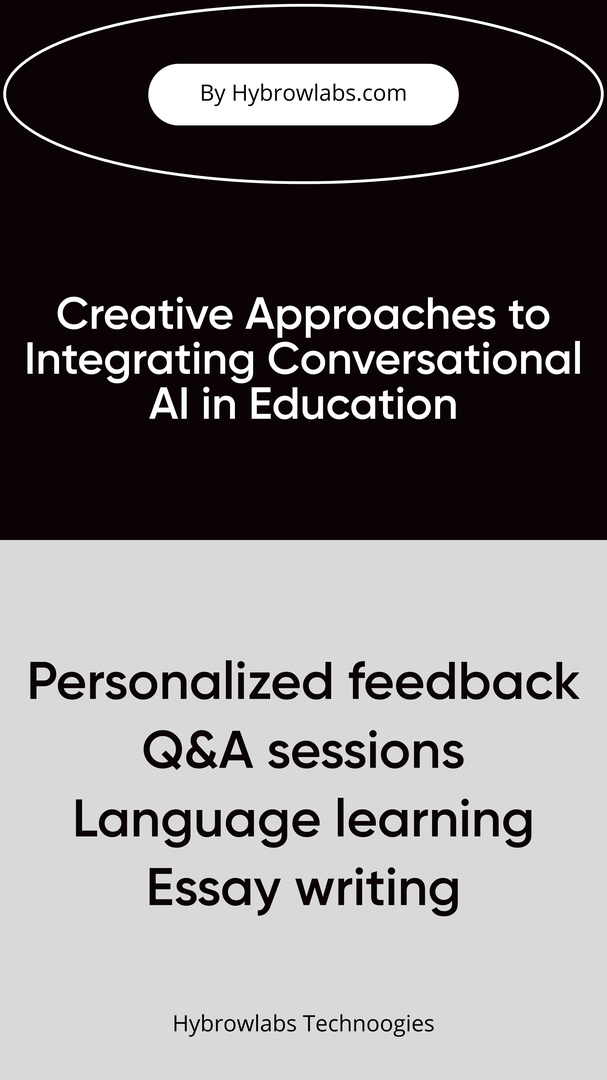
ChatGPT, a conversational AI, can be a powerful tool to revolutionize the education sector. Here are four innovative ways to incorporate ChatGPT in education:
- Personalized feedback: ChatGPT can provide personalized feedback to students on their written assignments, essays, and reports. The AI can analyze the content, grammar, and structure of the student's writing and provide feedback and suggestions for improvement. Examples of tools that can help in this area include Grammarly, Turnitin, and QuillBot.
- Q&A sessions: ChatGPT can be utilized as a virtual teaching assistant, answering student questions in real time. Students can ask questions about the course material, homework assignments, and other topics related to their studies. ChatGPT can provide immediate feedback and guidance, helping students to better understand the material. Examples of tools that can help in this area include AskAway, ConverseNow, and IBM Watson Assistant.
- Language learning: ChatGPT can assist students in language learning by holding conversations with them and providing feedback on their grammar and pronunciation. Students can practice their language skills with ChatGPT and receive instant feedback and guidance. Examples of tools that can help in this area include Duolingo, Babbel, and Rosetta Stone.
- Essay writing: ChatGPT can assist students in writing essays and reports by providing guidance on structure, content, and style. Students can input their topic and ChatGPT can provide relevant information, suggestions, and feedback to help them improve their writing. Examples of tools that can help in this area include EssayBot, AI Writer, and Copyscape.
Perspectives from Educators on the Use of ChatGPT:
Educators have varying perspectives on the use of ChatGPT, a language model that can converse with humans in a natural and coherent manner. Some educators see the potential for ChatGPT to revolutionize education by providing personalized and adaptive learning experiences. ChatGPT can help students learn at their own pace, provide instant feedback, and answer questions 24/7.
On the other hand, some educators are skeptical about the use of ChatGPT, as they believe that it may replace the human touch in education. They argue that the personal connections between students and teachers are crucial for effective learning and development. Ultimately, the effectiveness of ChatGPT in education will depend on how it is implemented and used.
Feedback from Educators on the Effectiveness of ChatGPT in Teaching & Learning:
Positive Feedback from Educators on ChatGPT in Teaching & Learning:
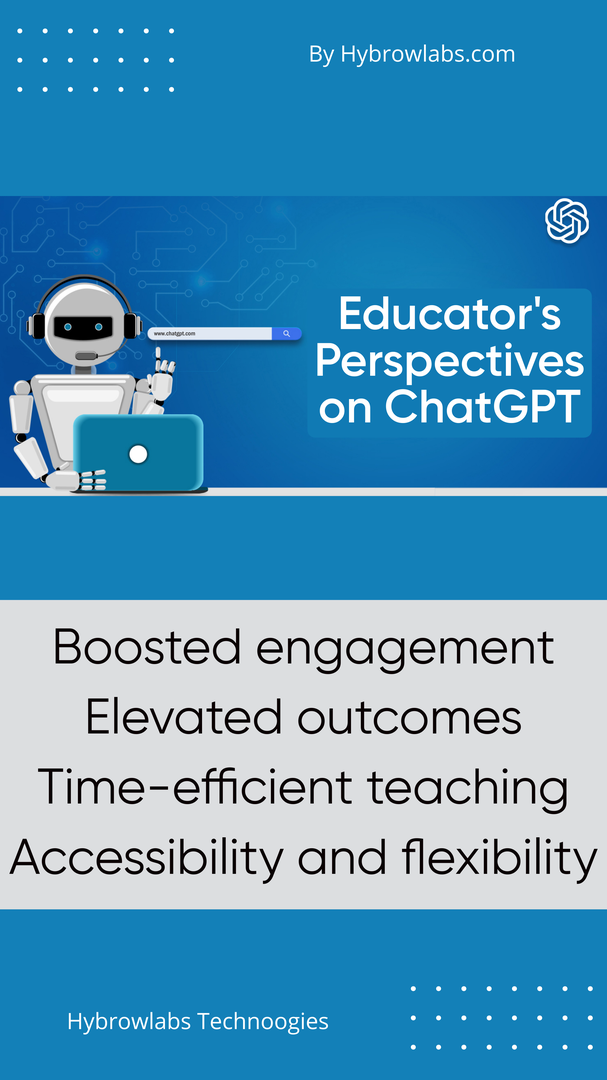
Here is the positive feedback from educators on the effectiveness of ChatGPT in teaching and learning:
1) Improved student engagement:
- Educators report that using ChatGPT in the classroom increases student engagement and participation.
- The interactive nature of the chatbot makes learning more enjoyable and less intimidating for students.
- The personalized approach of ChatGPT allows students to receive tailored feedback and guidance, which can motivate them to learn.
2) Enhanced learning outcomes:
- Educators have observed that the use of ChatGPT in teaching has led to improved learning outcomes for students.
- The chatbot provides students with quick and accurate answers to their questions, which can help them better understand complex concepts.
- ChatGPT can also provide students with real-time feedback on their work, which can help them identify areas for improvement.
3) Time-saving for educators:
- ChatGPT can reduce the workload of educators by handling routine tasks such as answering common questions and providing feedback on assignments.
- This can free up educators' time to focus on more high-level tasks such as developing lesson plans and providing one-on-one support to students.
4) Accessibility and flexibility:
- ChatGPT can be accessed from anywhere with an internet connection, making it a convenient tool for both educators and students.
- The chatbot can also be used outside of traditional classroom settings, such as during distance learning or for self-directed study.
- ChatGPT's ability to converse in multiple languages makes it a useful tool for educators and students in multilingual environments.
5) Innovative and engaging teaching tool:
- ChatGPT represents a new and innovative teaching tool that can help educators reach students in new and exciting ways.
- The chatbot's ability to converse in a conversational tone and adapt to the needs of individual students makes it an engaging and effective teaching tool.
- Educators can use ChatGPT to introduce new technologies and teaching methods into their classrooms, helping to keep their teaching fresh and relevant.
Challenges Faced in the Implementation of ChatGPT in Education:
- Technical difficulties: The implementation of ChatGPT in education requires technical expertise, which can pose a challenge for educators who may not have experience with AI.
- Integration with existing systems: Integrating ChatGPT with existing educational systems can be challenging, particularly when it comes to data security & privacy.
- Cost: The cost of implementing ChatGPT in education can be a significant barrier, particularly for smaller educational institutions.
Suggestions for Improving the Use of ChatGPT in Education:
- Collaboration between educators & developers: Collaboration between educators & developers can help to ensure that ChatGPT is tailored to the needs of the education sector.
- Training & support for educators: Providing training & support for educators can help to overcome the technical difficulties associated with implementing ChatGPT in education.
- Affordability: Developers should explore ways to make ChatGPT more affordable for educational institutions, such as offering discounted rates for schools & universities.
Conclusion
In conclusion, the use of AI in education, specifically with tools like ChatGPT, has revolutionized the way we teach and learn. The technology has improved personalized learning experiences, enhanced accessibility to education, increased efficiency in teaching and grading, and facilitated better data analysis and student monitoring. This transformative potential of ChatGPT in the education sector has been noted by many, including those in the field of education technology development like Hybrowlabs Development Services. Feedback from educators has been invaluable in assessing the effectiveness of ChatGPT in teaching and learning, and their suggestions have been instrumental in continually refining its implementation.
FAQ
1. What is ChatGPT?
ChatGPT is a conversational AI tool that can provide interactive & personalized learning experiences for students.
2. How can ChatGPT be used in education?
ChatGPT can be used to provide personalized feedback on student work, assist with research & engage students in interactive conversations.
3. What are the benefits of using ChatGPT in education?
The benefits of using ChatGPT in education include improved personalized learning experiences, enhanced accessibility to education, increased efficiency in teaching & grading & better data analysis & student monitoring.
4. What are the challenges of using ChatGPT in education?
The challenges of using ChatGPT in education include technical difficulties, integration with existing systems & cost.
5. How can ChatGPT be improved for use in education?
ChatGPT can be improved for use in education by collaborating with educators & developers, providing training & support for educators, integrating with existing systems & exploring ways to make ChatGPT more affordable for educational institutions.



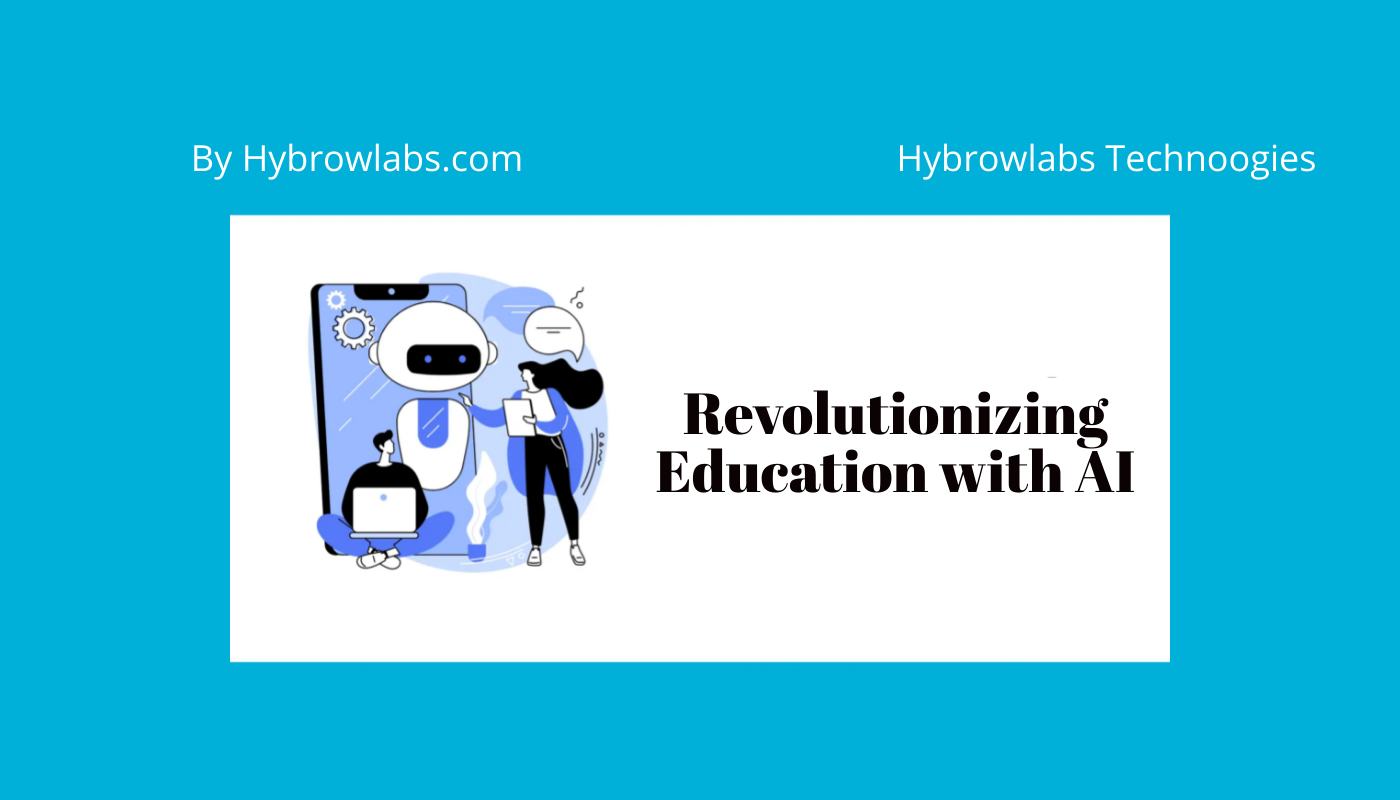


a3dc85.jpg)
.jpg)
fd8f11.png)

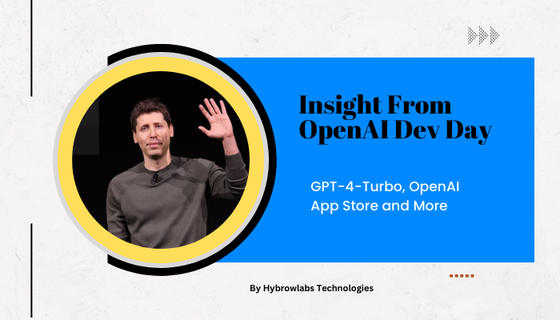
.jpg)
.jpg)